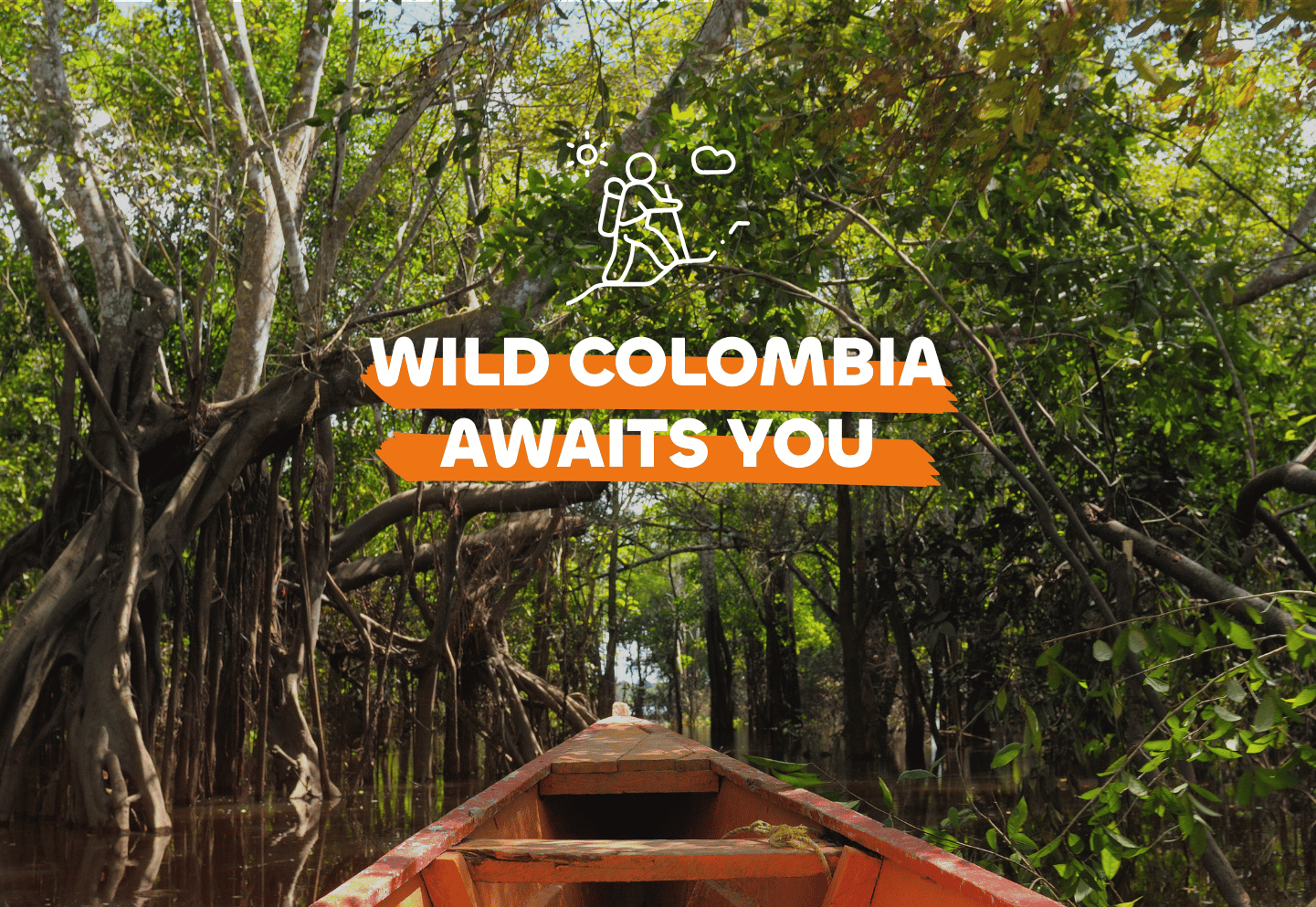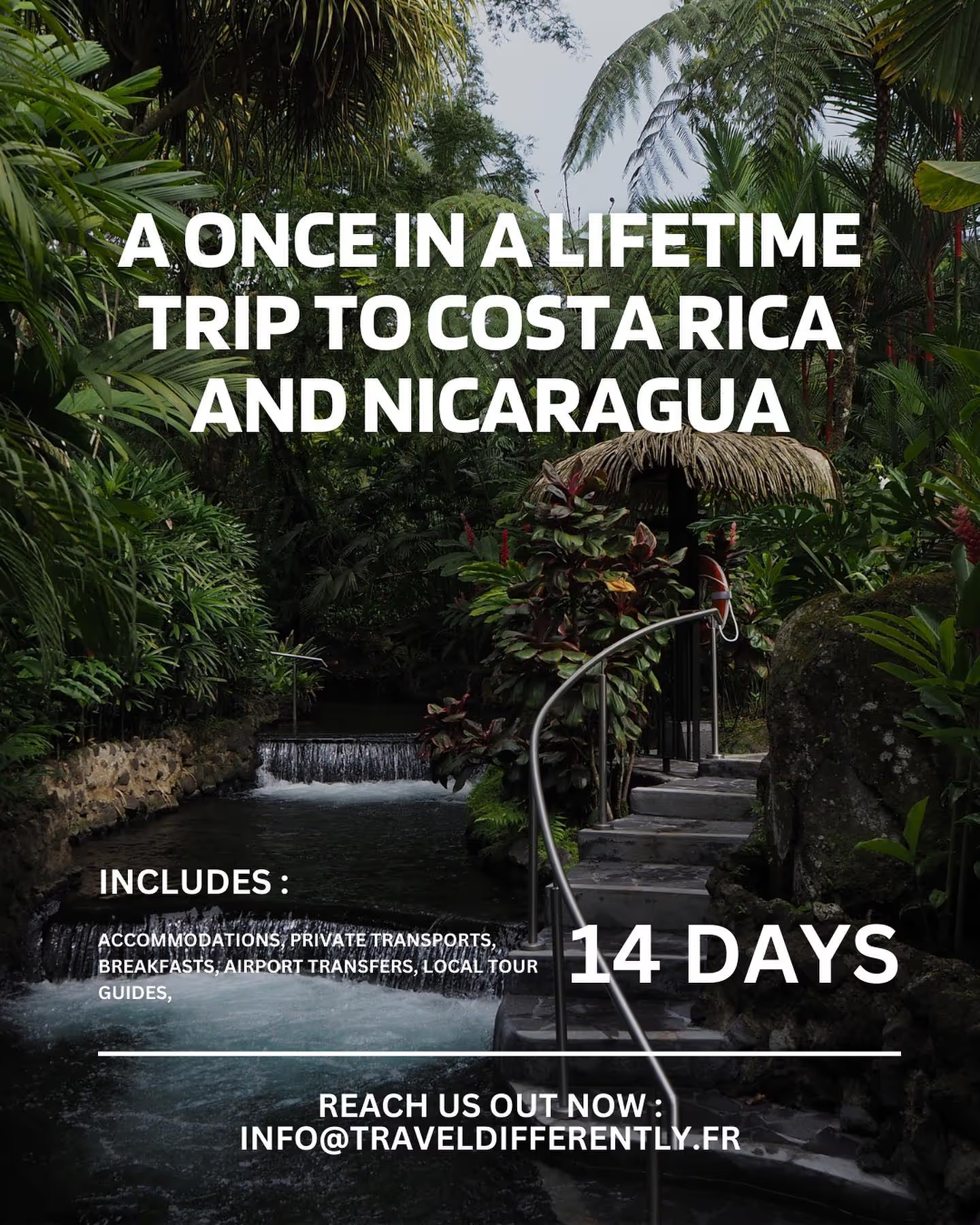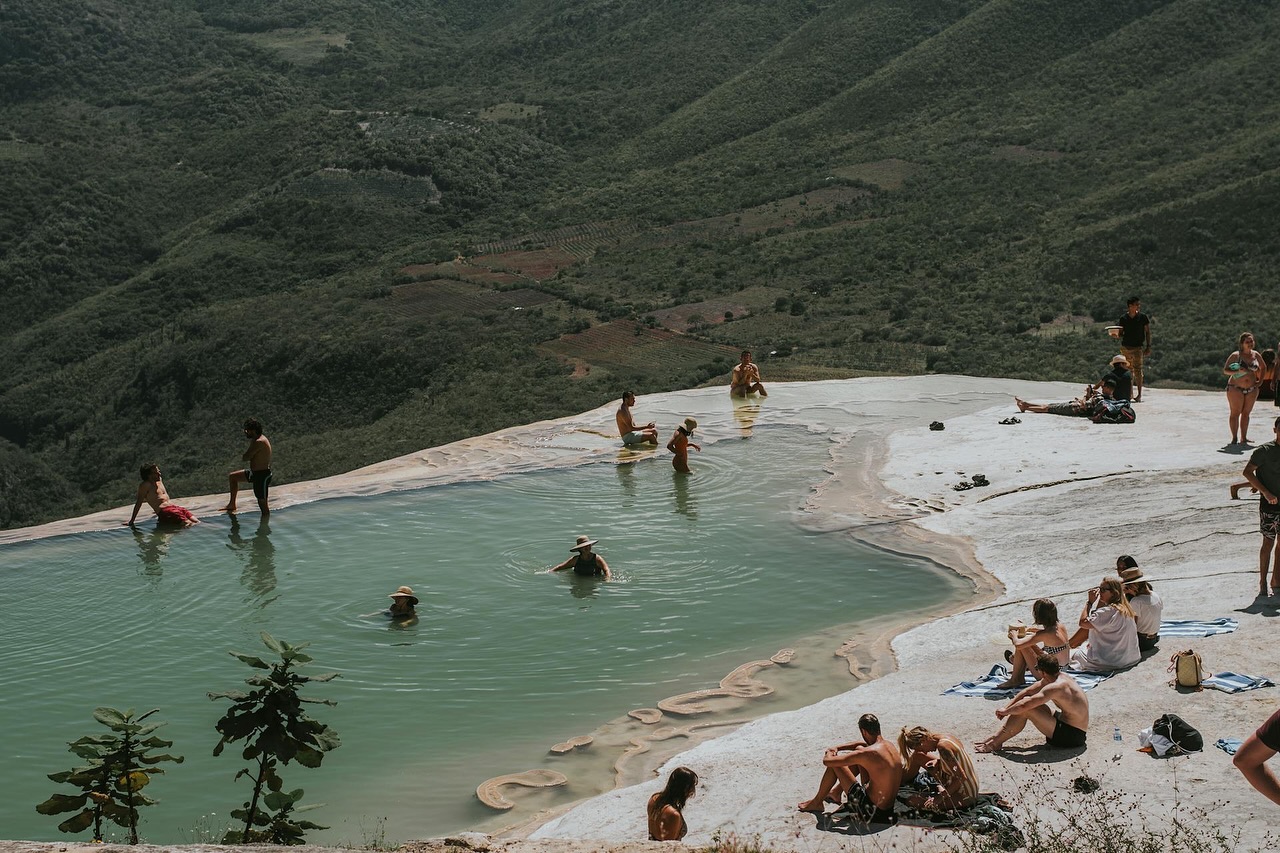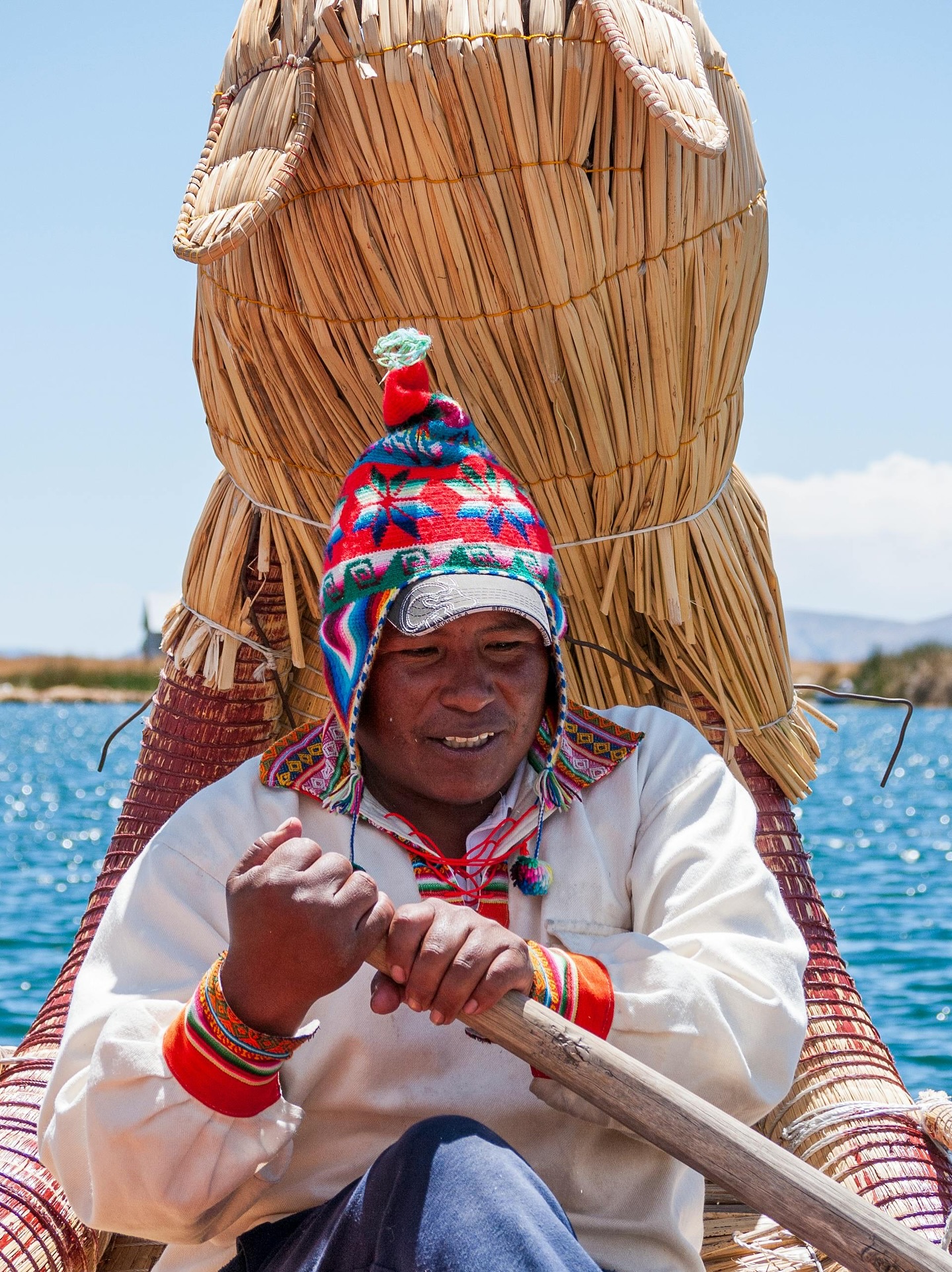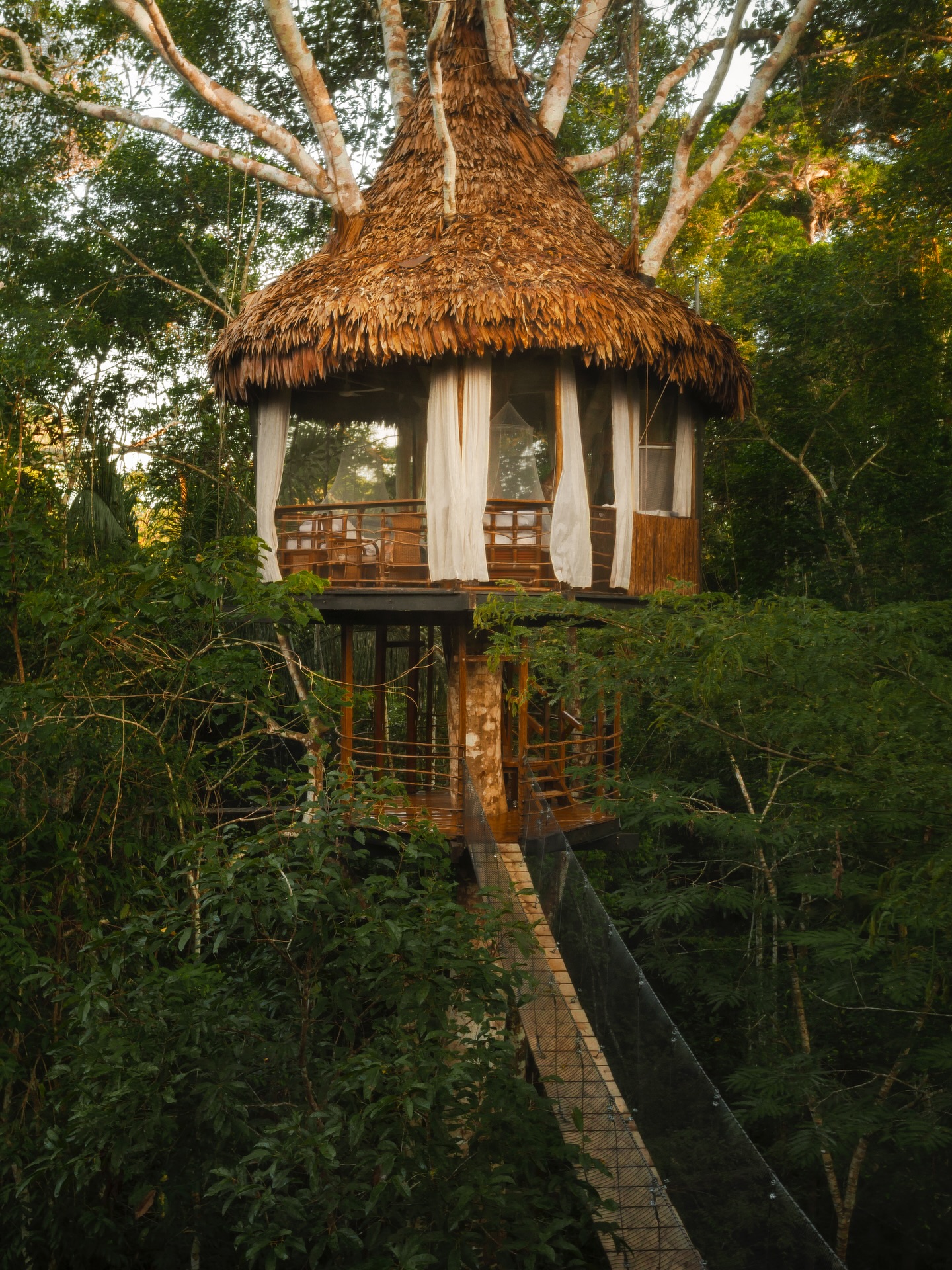The Galápagos Islands are a true paradise for nature lovers and adventure seekers alike. This archipelago of volcanic islands, located off the coast of Ecuador, is known for its unique wildlife, stunning landscapes, and fascinating history. It's a place where you can walk among giant tortoises, swim with sea lions, and observe rare species of birds in their natural habitats.
But the Galápagos Islands are not just about wildlife. There are plenty of activities to enjoy on these islands, such as hiking up volcanoes or snorkelling in light blue waters. If you're looking for a relaxing beach vacation or an action-packed adventure, the Galápagos Islands have something for everyone.
In this article, we'll explore some of the top things to do on the Galápagos Islands, from snorkeling and diving to hiking and wildlife watching. We'll take a closer look at the unique experiences that these islands have to offer, and provide tips and recommendations to help you make the most of your visit. So, if you're ready to embark on an unforgettable journey to the Galápagos Islands, let's dive in and discover all the amazing things you can do on this enchanting archipelago.
If you're interested in sustainable travel, check out our article on "Sustainable Activities for the Perfect Ecotourism in Ecuador" to plan an eco-friendly trip.
Snorkelling and Diving in the Galápagos Islands

The Galápagos Islands are home to some of the most unique and biodiverse marine ecosystems in the world. Snorkelling and diving are popular activities on the islands, providing visitors with the opportunity to explore the rich underwater world and observe an array of marine life up close. The islands offer a range of options for exploring the underwater world, including our Galápagos Safari with Cycling and Kayaking Excursions. The islands are surrounded by nutrient-rich currents, providing a haven for a variety of marine species. The water temperatures vary throughout the year, with the warmest months being from December to May, making it the ideal time for diving and snorkeling.
The Galápagos Islands are home to a number of world-renowned dive sites, offering unique opportunities to see marine life that can't be found anywhere else. Some of the best dive sites include:
- Wolf and Darwin Islands: Located in the far north of the archipelago, these remote islands are only accessible by liveaboard boat. They are known for their large schools of hammerhead sharks, as well as other species such as whale sharks, manta rays, and dolphins.
- Gordon Rocks: This underwater volcanic crater is a popular spot for diving and snorkeling, with sightings of hammerhead sharks, sea turtles, and Galápagos sharks.
- Kicker Rock: Also known as Leon Dormido, this rock formation is one of the most famous dive sites in the Galápagos Islands. It's a great place to see hammerhead sharks, Galápagos sharks, and eagle rays.
- Floreana Island: This island is known for its sea lion colony, as well as the chance to see giant manta rays and sea turtles while snorkeling.
If you plan on snorkeling or diving in the Galápagos Islands, it's important to be prepared. Here are some tips to help you make the most of your experience:
- Choose a reputable tour operator: Look for a tour operator with experienced guides who are knowledgeable about the local marine life and the best dive and snorkel sites.
- Bring the right gear: Make sure you have the appropriate gear for your activity, including a wetsuit, fins, mask, and snorkel. If you're diving, you'll also need a regulator and dive computer.
- Follow the rules: The Galápagos National Park has strict regulations regarding diving and snorkeling to protect the fragile marine ecosystem. Make sure you follow these rules and do not touch or disturb any marine life.
The Galápagos Islands are home to a vast array of marine life, including many species that are found nowhere else in the world. Some of the unique species you may encounter while snorkeling or diving include:
- Marine iguanas: These are the only lizards in the world that feed in the ocean, and they can be seen diving and foraging for algae.
- Galápagos penguins: The only penguins found in the Northern Hemisphere, these birds are adapted to the warm waters of the Galápagos and can be seen swimming and hunting fish.
- Hammerhead sharks: These iconic sharks are often seen in large schools in the waters around the Galápagos Islands.
- Giant manta rays: These majestic creatures can grow up to 23 feet in wingspan and can be seen gliding gracefully through the water.
Exploring the Islands' Volcanoes
The Galápagos Islands are a group of volcanic islands located in the Pacific Ocean, approximately 600 miles west of Ecuador. These islands were formed by a series of volcanic eruptions that occurred over millions of years. Today, the islands are home to a number of active and dormant volcanoes, which offer visitors a unique opportunity to explore the volcanic history of the Galápagos.
If you're interested in exploring the islands' volcanoes, there are several sites you should not miss. One of the most popular is Sierra Negra, which is located on Isabela Island.
This is one of the most active volcanoes in the Galápagos, and visitors can take a guided tour to explore the volcano's caldera and lava fields. Another popular site is Cerro Azul, also located on Isabela Island, which offers visitors stunning views of the surrounding landscape.Hiking is one of the best ways to explore the Galápagos' volcanic landscapes. Visitors can take guided hikes to explore the volcanoes, and learn about the unique geological formations and history of the islands. Some of the most popular hiking trails include the Sierra Negra Volcano Trail, the Cerro Mesa Trail, and the El Chato Tortoise Reserve Trail.
The volcanic landscapes of the Galápagos Islands are also home to a number of unique flora and fauna species that have adapted to the harsh conditions. Visitors may encounter species such as the Galápagos hawk, the Galápagos petrel, and the Galápagos penguin while exploring the volcanoes. There are also a number of unique plant species, such as the Brachycereus cactus and the Lecocarpus pinnatifidus shrub, which can only be found in the Galápagos.
Volcanoes play a crucial role in the Galápagos ecosystem, as they provide essential nutrients and minerals to the soil, which supports the islands' unique flora and fauna. The volcanic landscapes of the Galápagos have also created a unique environment for species to evolve and adapt over time. The islands' volcanoes continue to shape the Galápagos today, and exploring them offers visitors a unique perspective on the islands' geologic history and ecological importance.
Land-based wildlife encounters on the Galápagos

The Galápagos Islands are famous for their unique wildlife, and exploring the islands on foot is one of the best ways to get up close and personal with these incredible creatures. From giant tortoises and iguanas to colorful birds and playful sea lions, there is no shortage of amazing wildlife encounters to be had on land. Here are some tips to help you make the most of your time exploring the islands' terrestrial wildlife.
There are several spots on the Galápagos Islands that are particularly well-known for their wildlife sightings. One of the most popular is Tortuga Bay on Santa Cruz Island. This long, white sand beach is home to marine iguanas, finches, and several species of sea turtles. Another great spot is the Charles Darwin Research Station, also on Santa Cruz Island. Here, visitors can see giant tortoises up close and learn about the ongoing conservation efforts to protect them.
On Isabela Island, visitors can see the largest population of Galápagos penguins, as well as the elusive flightless cormorant. At Punta Suarez on Española Island, visitors can see a large colony of waved albatrosses during breeding season, as well as colorful marine iguanas and sea lions.
To increase your chances of spotting wildlife on land, it's important to be patient and observant. Many animals in the Galápagos have evolved to be camouflaged, so they can be difficult to spot at first glance. Look for movement, and be sure to scan both the ground and the sky.
It's also important to stay a safe distance away from wildlife to avoid disturbing them or endangering yourself. The Galápagos National Park has strict regulations in place to protect the wildlife, so be sure to follow all guidelines.
Unique Wildlife to Look Out For in the Galápagos

The Galápagos Islands are home to many unique species that can only be found here. One of the most famous is the Galápagos giant tortoise, which can live for more than 100 years. Visitors may also spot the Galápagos hawk, which is found only on the islands and is known for its striking appearance.
The marine iguana, which can only be found in the Galápagos, is also a must-see. This unusual reptile is the only iguana in the world that feeds underwater, diving up to 30 feet to graze on algae.
It's important to remember that the Galápagos Islands are a delicate ecosystem, and visitors must take care to minimize their impact on the environment. When watching wildlife, stay on designated trails and avoid disturbing animals. Do not feed or touch any wildlife, and be sure to dispose of trash properly.
By following responsible wildlife watching practices, visitors can help ensure that the unique species of the Galápagos Islands remain protected for generations to come.
Stunning Beaches and Bays in the Galápagos Islands
The Galápagos Islands are known for their stunning beaches and bays. Each of the islands boasts unique landscapes, pristine waters, and an abundance of marine life. Whether you're looking to relax and soak up the sun or enjoy some water activities, the beaches and bays of the Galápagos offer something for everyone.
Playa Mann

Located on Santa Cruz Island, Playa Mann is a small but picturesque beach with a mix of black and white sand. The beach is a popular spot for swimming, sunbathing, and enjoying the stunning views of the bay. Visitors can also observe marine iguanas and pelicans on the rocks at the edge of the beach.
Las Bachas
Located on Santa Cruz Island, Las Bachas is a beautiful white sand beach that's perfect for sunbathing and swimming. The beach is home to a variety of marine life, including sea turtles, crabs, and flamingos.
.avif)
Punta Estrada
Located on Santa Cruz Island, Punta Estrada is a quiet and peaceful beach that's ideal for relaxation. The beach offers a stunning view of the bay and is a popular spot for watching the sunset.
.avif)
Bahia Gardner
Located on Española Island, Bahia Gardner is a picturesque bay with crystal-clear waters and a long stretch of white sand. Visitors can swim, snorkel, or relax on the beach while observing the diverse marine life, including sea lions, rays, and sharks, as part of their Galápagos Islands Relaxing Safari.

Puerto Egas

Located on Santiago Island, Puerto Egas is a black sand beach with unique geological formations. Visitors can explore the tide pools and observe a variety of marine life but mostly crabs, and Galápagos fur seals.
Playa Negra
Located on Isabela Island, Playa Negra is a unique black sand beach with stunning views of the sea and the nearby cliffs. The beach is a popular spot for surfing and observing marine life, including sea turtles, rays, and sharks.
.avif)
Playa Ochoa
Located on San Cristobal Island, Playa Ochoa is a small and secluded beach with calm waters, making it perfect for swimming and snorkeling. The beach is also a great spot for birdwatching, with frigatebirds and blue-footed boobies often spotted in the area.
.avif)
Unforgettable Adventures in the Galápagos Islands: A Journey's Conclusion
In conclusion, the Galápagos Islands stand as a remarkable testament to the wonders of nature and the importance of conservation. This archipelago, teeming with unique wildlife and breathtaking landscapes, offers visitors a once-in-a-lifetime experience.
From snorkeling and diving in the pristine waters to exploring the volcanic wonders that shape the islands, there is no shortage of activities to engage in. The opportunity to witness wildlife encounters on land and marvel at the diverse species that call the Galápagos home is truly awe-inspiring.
As visitors venture to the beautiful beaches and bays, they are greeted with serene surroundings and the chance to enjoy a variety of activities, all while being immersed in the incredible marine life that thrives in these coastal habitats.
Throughout the journey, responsible tourism practices play a vital role in preserving the fragile ecosystem of the Galápagos. By respecting the wildlife and natural surroundings, visitors can help ensure that future generations will also have the privilege of experiencing the islands' natural wonders.
The Galápagos Islands offer a unique blend of adventure, exploration, and conservation. It is a destination where one can truly connect with nature, witness the remarkable adaptations of species, and gain a deeper understanding of our planet's delicate balance.
Whether you are a nature enthusiast, an adventure seeker, or simply someone in search of an unforgettable travel experience, the Galápagos Islands beckon with their unparalleled beauty and captivating charm. Prepare to be amazed, inspired, and forever changed by the magic that awaits you in this extraordinary archipelago. Learn more about the Galápagos Islands and other incredible destinations in our blog or explore our authentic travel experiences to make your dream trip come true.
{{component-create-my-trip="/"}}


.avif)



.avif)
.avif)


.png)

